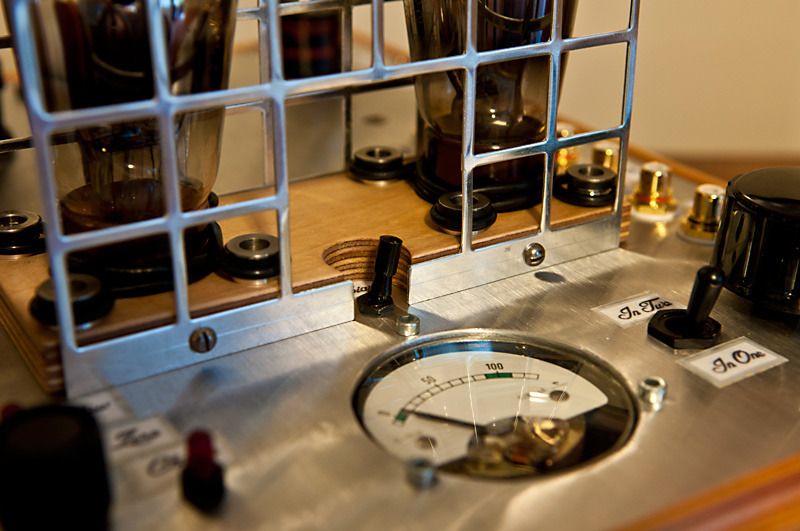DIY amplifier wood case question
76.18.66.70 |
||
| Posted on February 14, 2017 at 14:36:36 | ||
|
Posts: 296
Location: New Mexico Joined: April 5, 2014 |
||
| RE: DIY amplifier wood case question, posted on February 15, 2017 at 09:36:30 | |
   Some ideas. |
|
| Very nice work. (Nt), posted on February 16, 2017 at 13:20:44 | |
|
Posts: 1851
Location: Alberta, Canada Joined: October 24, 2004 |
Nt |
| I like pine too, posted on February 14, 2017 at 23:41:46 | |
 Not as elegant as Pix's. Perma-breadboard monoblock 5842/45 parafeed with 0D3 on mdf with pine enclosure. |
|
| RE: I like pine too , posted on February 14, 2017 at 23:44:42 | |
 Pine enclosure removed. |
|
| RE: Music can sound good played on Bubinga and Mahogany too., posted on February 14, 2017 at 21:03:20 | |
Brass fittings were used for height and tilt though ;-} |
|
| RE: DIY amplifier wood case question, posted on February 14, 2017 at 14:56:53 | |
|
Posts: 41
Location: United Kingdom Joined: November 22, 2005 |

Currently liking bird's eye maple veneer. |
| RE: DIY amplifier wood case question, posted on February 14, 2017 at 14:40:38 | |
| Black walnut veneer over quality MDF might be nice. | |










